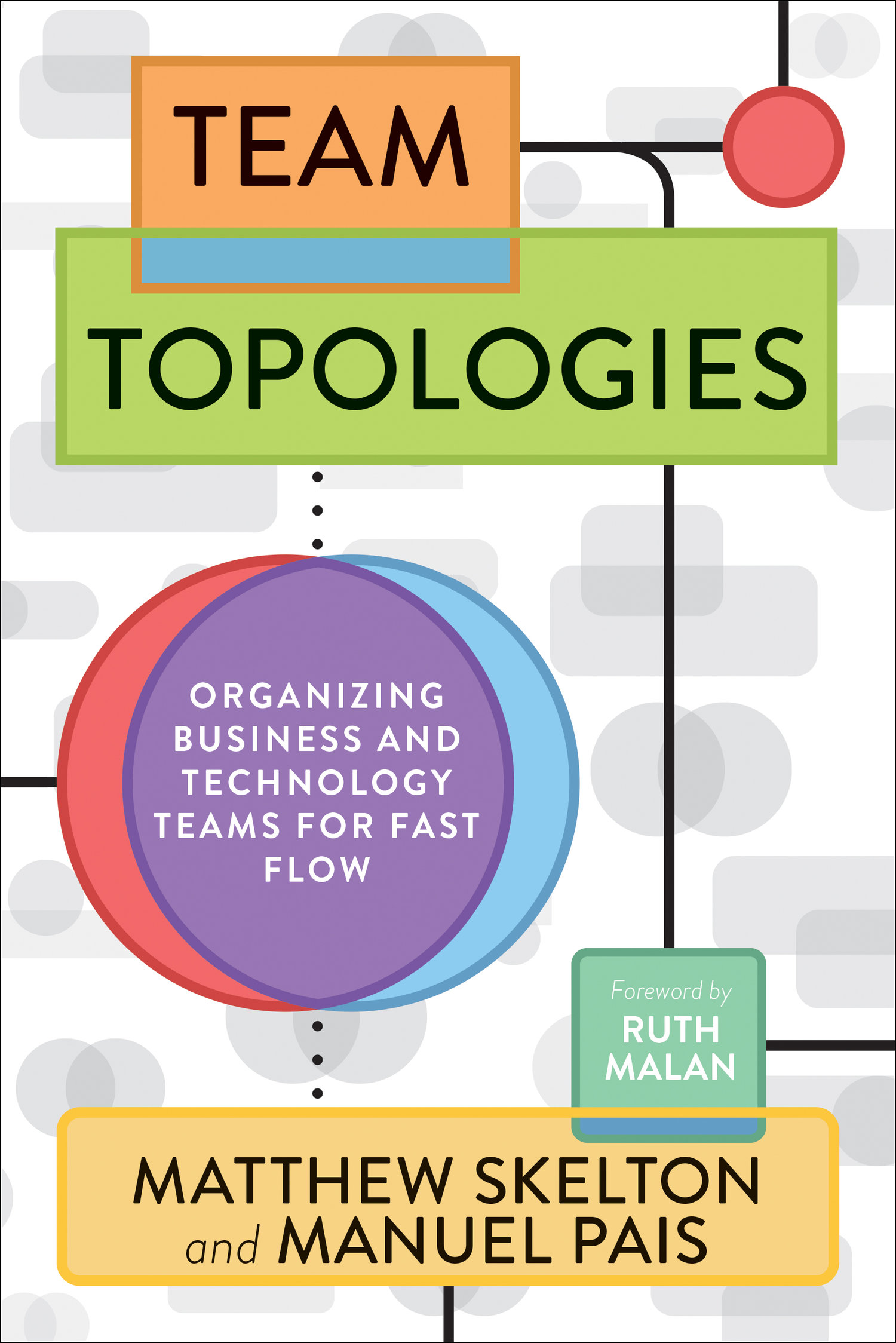There is a lot of hype around platform engineering these days. The concept of creating platform teams and building platforms to deliver software at scale is not new as companies like Google, Facebook, Netflix etc. have a long history of building developer platforms. And also the much quoted Team Topologies book by Matthew Skelton and Manuel Pais was already released in 2019.
Some wonder if this is just a fancy new name for existing practices and if there is a risk that these developer platforms become a bottleneck, exactly what they are supposed to alleviate. Some dare even say that we made today’s development landscape so horrendously complex that we need these platforms to hide all this complexity.
No matter if you think Platform Engineering is overhyped or not, before you go on this journey I would like to share the following quote:
If your users haven’t build something that surprised you, you probably didn’t build a platform
I saw this quote in the Build abstractions not illusions talk by Gregor Hophe where he shared the following visual:
 |
| From the Build Abstractions not Illusions talk by Gregor Hophe |
I think this is the most important design consideration when you start creating your own developer platform. You’ve successfully build a platform when you strike the right balance between hiding complexity and developer productivity without compromising their creativity. In that way it is related to the Paved road concept I talked about before.
So when you decide to go the Developer Platform route don’t forget that the real goal is NOT to deliver the platform but to support our developers allowing them to get more done.
